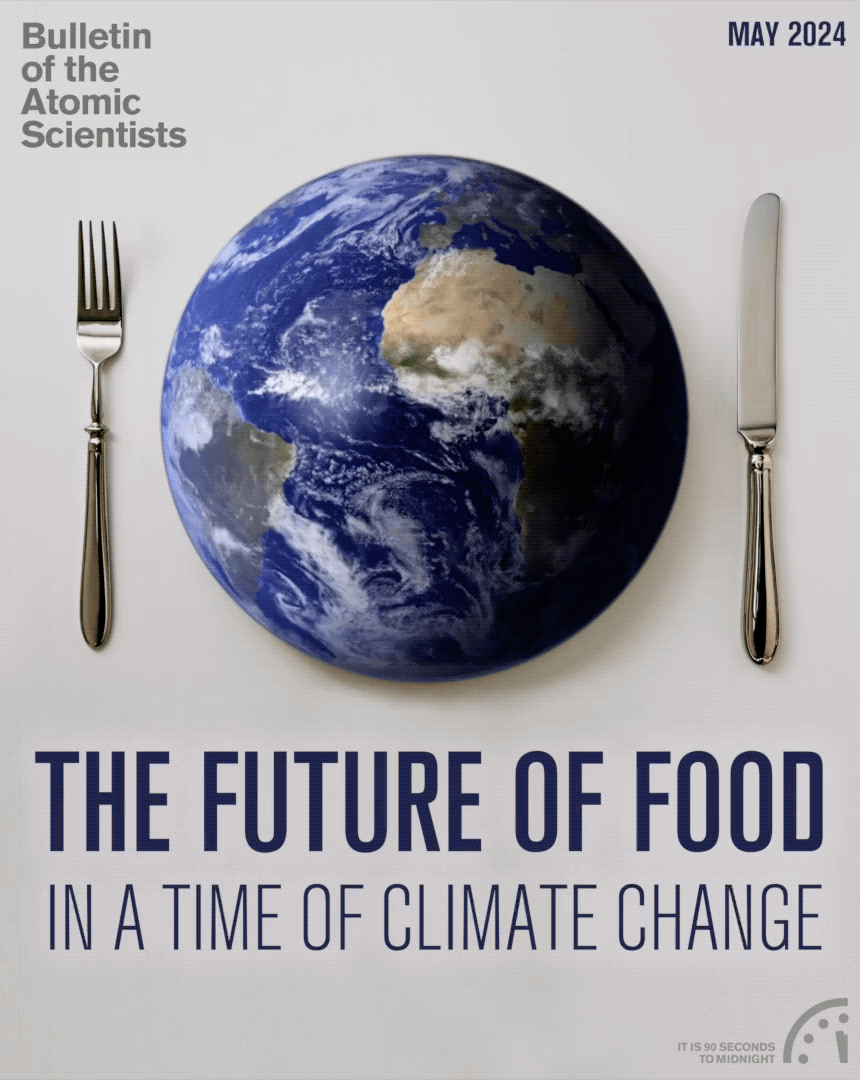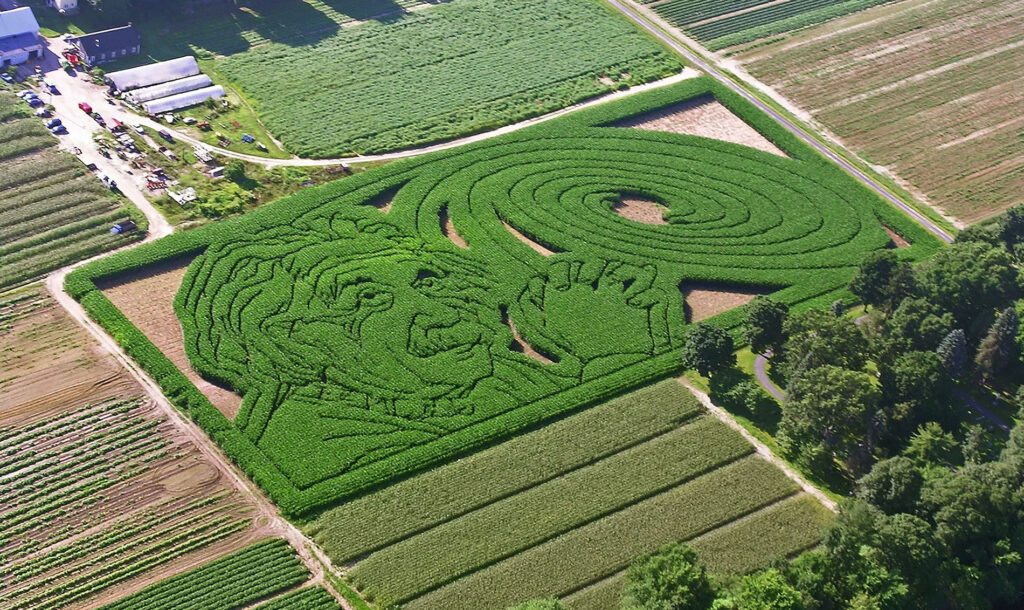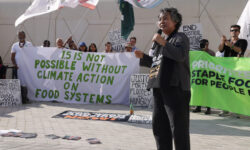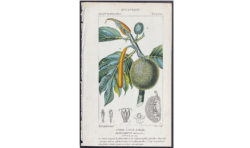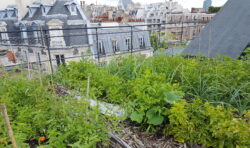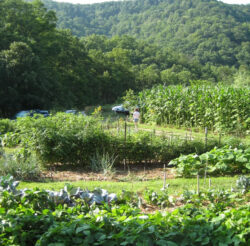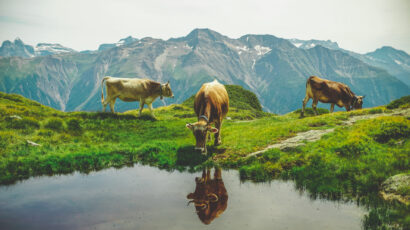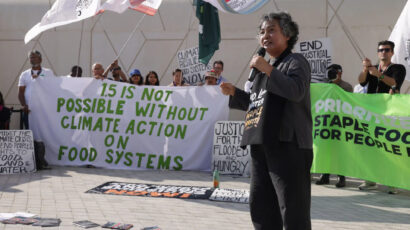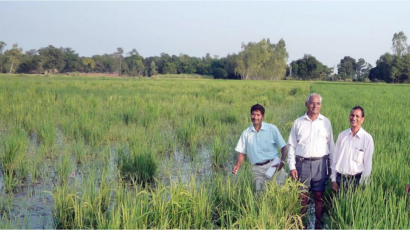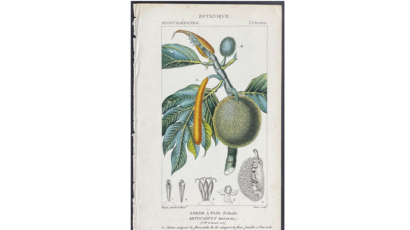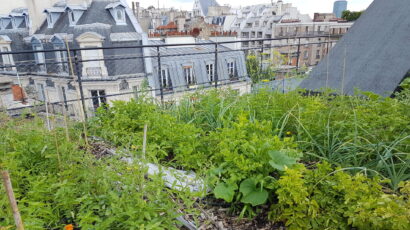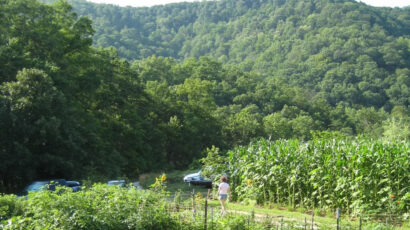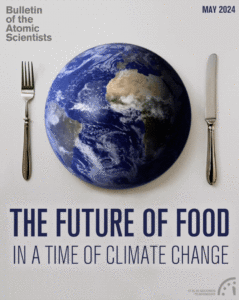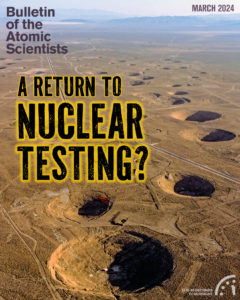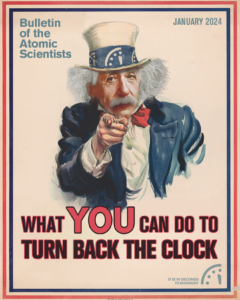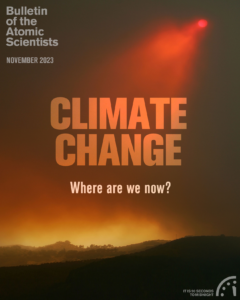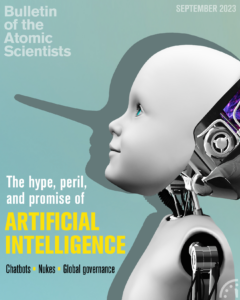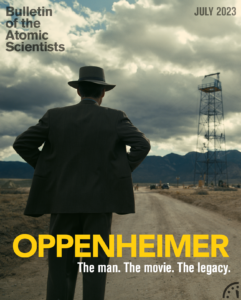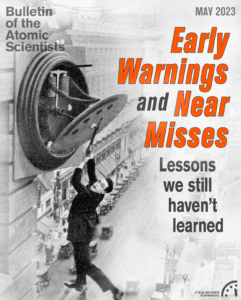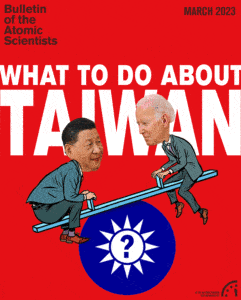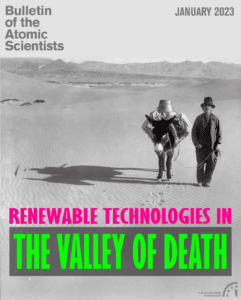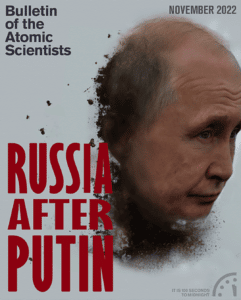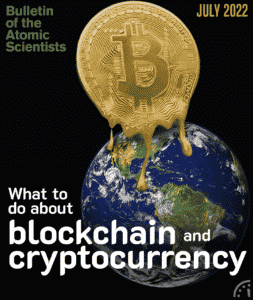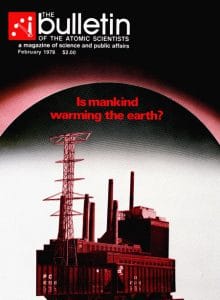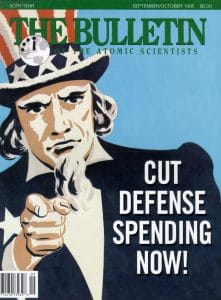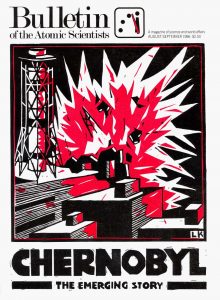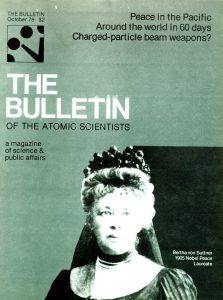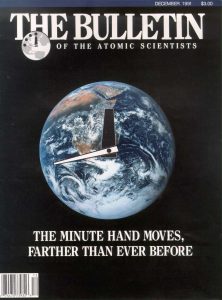DIGITAL MAGAZINE
May 2024
DIGITAL MAGAZINE
May 2024
Introduction: Bringing the world’s food production in line with global climate goals
About 30 percent of greenhouse gas emissions come from food production. Human society faces tremendous challenges in remaking its food system in an age of climate change — but it has some powerful tools at hand.
Interview: Catherine Bertini on eliminating hunger in a changing climate
A long-time leader in efforts to combat the world's food crisis gives her impressions of the UN's goals to both eliminate global hunger and reach net-zero greenhouse gas emissions.
Does ‘net zero’ mean zero cows?
A significant share of anthropogenic global warming comes from livestock production—in particular, the methane they burp out. But we should not fool ourselves that getting rid of animal agriculture would solve climate change. At best, removing cows could make up for a couple decades of continued inaction in reducing fossil emissions.
We cannot afford another lost year for food and climate action
Last December, organizers of the annual UN climate negotiations finally got around to dealing with agriculture as a source of carbon, using the occasion to unveil a non-binding so-called “roadmap” for bringing the world’s food production into line with global climate goals. But has it gone far enough?
We need to act now to ensure global food security and reduce agricultural greenhouse gas emissions
Could bio-engineered foods be part of a climate solution?
What if potatoes grew on trees? An interview with the Breadfruit Institute’s Diane Ragone
Once a storied icon of the Pacific, this indigenous foodstuff seemed destined for oblivion, a victim of fast-food chains and cheap canned goods. But this more-or-less forgotten, low-cost, sustainable, environmentally friendly, locally grown fruit may be seeing a revival. The Bulletin talks to the founder of the Breadfruit Institute in Hawai'i to find out the story behind this fruit's rise, fall, and re-birth.
What do we really know about urban agriculture’s impact on people, places, and the planet?
Urban agriculture is not automatically guaranteed to be more climate-friendly than conventional agriculture. But it does have an effect on the food and water resources of cities—and by including some very specific steps, urban farmers can indeed slash their carbon emissions.
Regenerative agriculture sequesters carbon—but that’s not the only benefit and shouldn’t be the only goal
Agriculture is a climate problem. But it could also be a climate solution, because of its potential to sequester carbon in the soil—sometimes referred to as “regenerative agriculture” as a shorthand way to refer to a suite of practices that researchers believe can help improve the land.
United States nuclear weapons, 2024
The United States has embarked on a wide-ranging nuclear modernization program. We estimate that its maintains a stockpile of approximately 3,708 warheads.
Interview: Catherine Bertini on eliminating hunger in a changing climate
A long-time leader in efforts to combat the world's food crisis gives her impressions of the UN's goals to both eliminate global hunger and reach net-zero greenhouse gas emissions.
Does ‘net zero’ mean zero cows?
A significant share of anthropogenic global warming comes from livestock production—in particular, the methane they burp out. But we should not fool ourselves that getting rid of animal agriculture would solve climate change. At best, removing cows could make up for a couple decades of continued inaction in reducing fossil emissions.
We cannot afford another lost year for food and climate action
Last December, organizers of the annual UN climate negotiations finally got around to dealing with agriculture as a source of carbon, using the occasion to unveil a non-binding so-called “roadmap” for bringing the world’s food production into line with global climate goals. But has it gone far enough?
We need to act now to ensure global food security and reduce agricultural greenhouse gas emissions
Could bio-engineered foods be part of a climate solution?
What if potatoes grew on trees? An interview with the Breadfruit Institute’s Diane Ragone
Once a storied icon of the Pacific, this indigenous foodstuff seemed destined for oblivion, a victim of fast-food chains and cheap canned goods. But this more-or-less forgotten, low-cost, sustainable, environmentally friendly, locally grown fruit may be seeing a revival. The Bulletin talks to the founder of the Breadfruit Institute in Hawai'i to find out the story behind this fruit's rise, fall, and re-birth.
What do we really know about urban agriculture’s impact on people, places, and the planet?
Urban agriculture is not automatically guaranteed to be more climate-friendly than conventional agriculture. But it does have an effect on the food and water resources of cities—and by including some very specific steps, urban farmers can indeed slash their carbon emissions.
Regenerative agriculture sequesters carbon—but that’s not the only benefit and shouldn’t be the only goal
Agriculture is a climate problem. But it could also be a climate solution, because of its potential to sequester carbon in the soil—sometimes referred to as “regenerative agriculture” as a shorthand way to refer to a suite of practices that researchers believe can help improve the land.
United States nuclear weapons, 2024
The United States has embarked on a wide-ranging nuclear modernization program. We estimate that its maintains a stockpile of approximately 3,708 warheads.
Subscribe now
We've relaunched the Bulletin's award-winning digital magazine. Get premium access for less than $5 a month.
Magazine archive
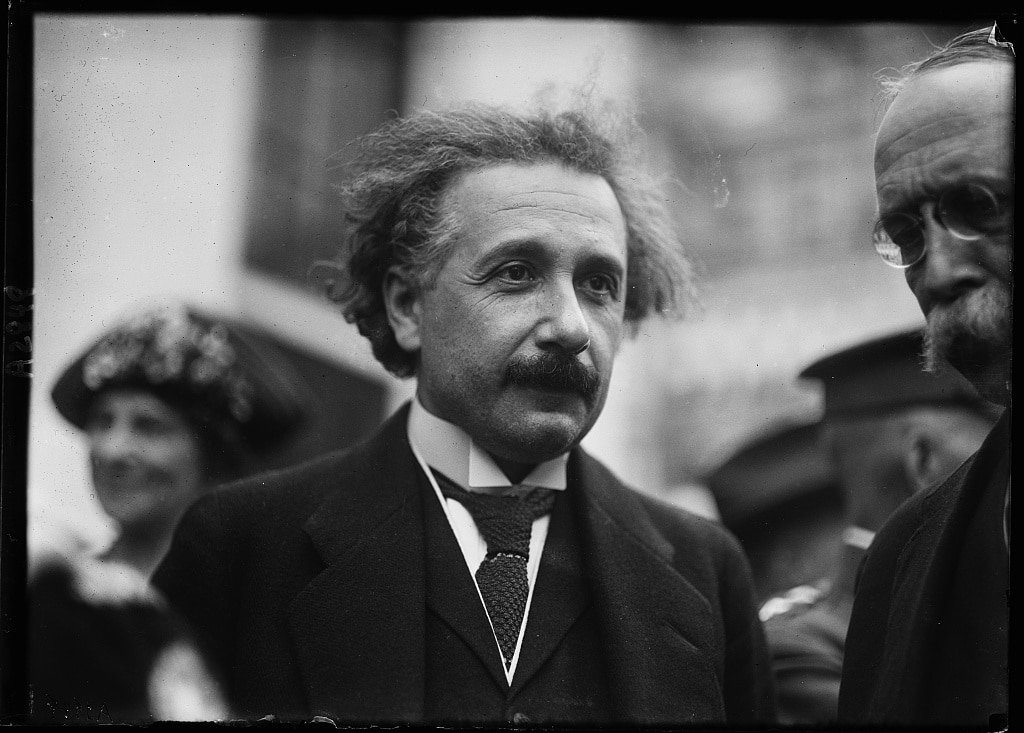
Premium subscribers can read the complete Bulletin of the Atomic Scientists’ archive, which contains every article published since our founding in 1945.
This archive was created in honor of John A. Simpson, one of the Bulletin’s principal founders and a longtime member of its Board of Sponsors. This searchable archive provides exclusive online access to original interviews and commentary by luminaries like Albert Einstein, J. Robert Oppenheimer, Ruth Adams, John F. Kennedy, Stephen Hawking, Christine Todd Whitman, US Secretary of Defense William J. Perry, and multiple Nobel laureates.
